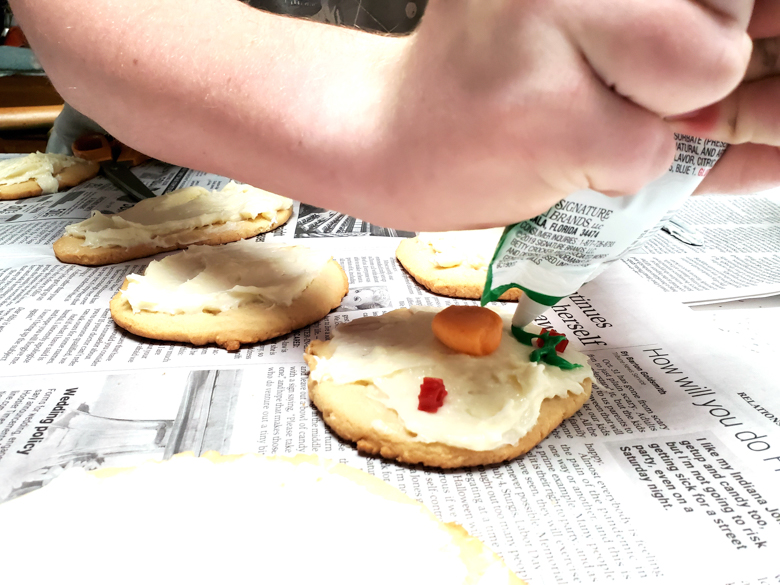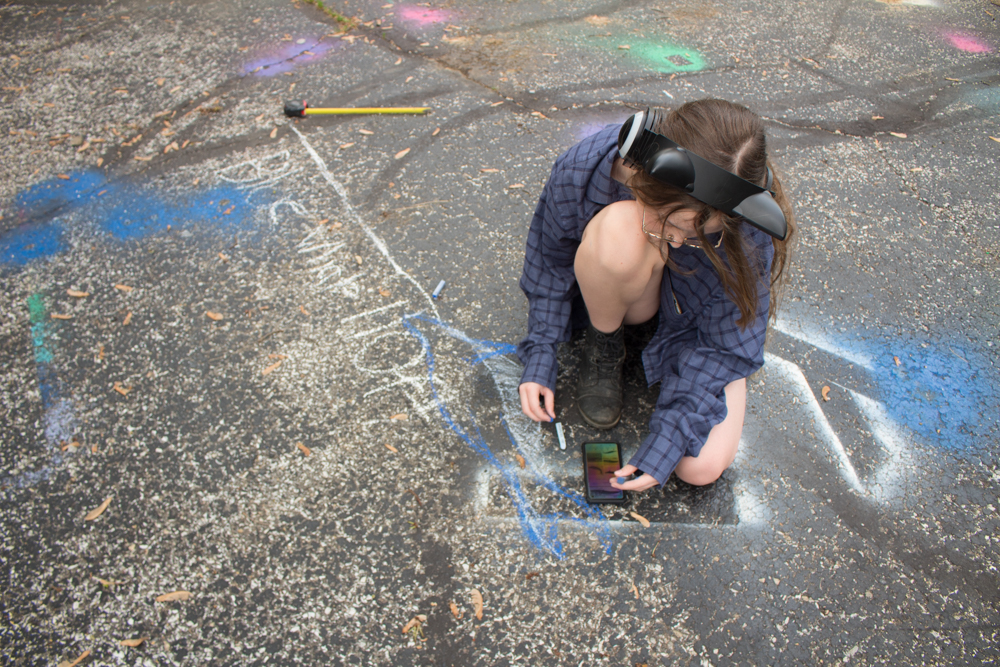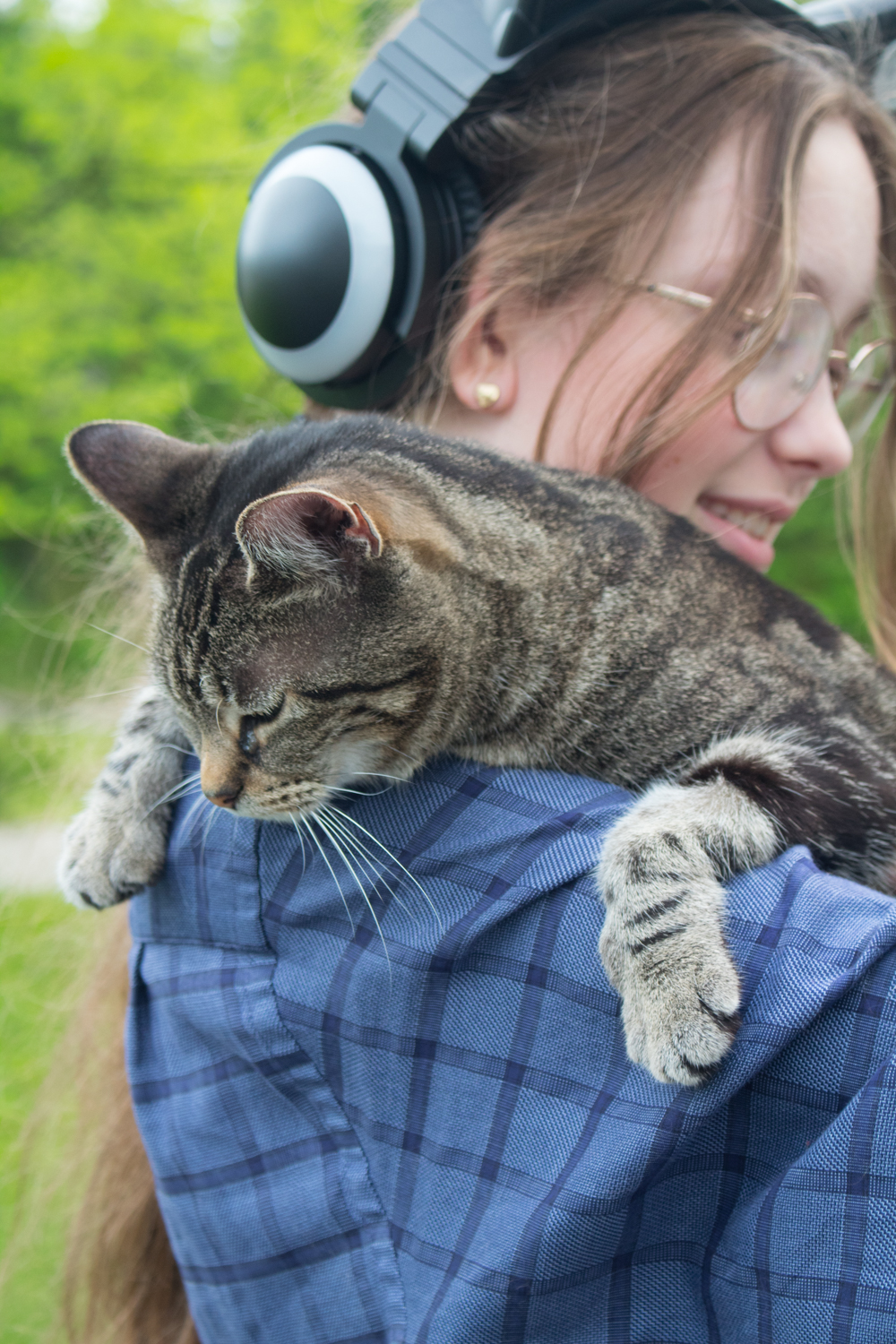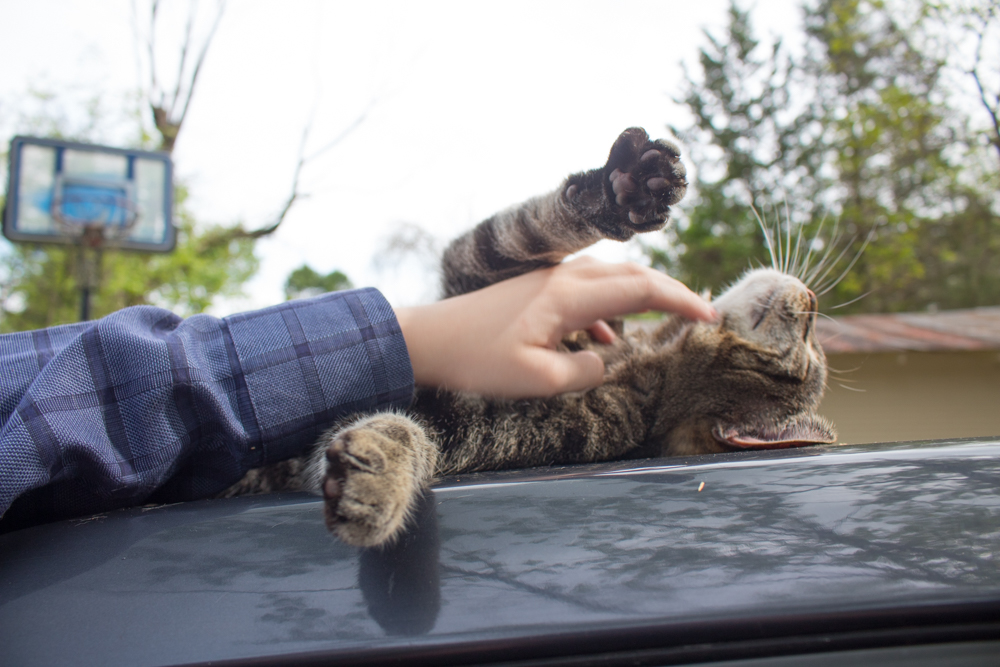
Earlier this summer, the kids and I worked through a brief Yellowstone National Park study that had us spiraling back to a favorite activity: modeling chemical processes with Zometools!
As part of that Yellowstone study, the kids and I looked at thermophiles, those heat-loving bacteria and archaea that make their happy homes in the different high heat zones of the park's hots springs. Some thermophiles, including
these thermophilic archaea at Yellowstone, have a metabolism that uses chemosynthesis. It's cool and unusual, makes an interesting contrast to photosynthesis, and--
just like photosynthesis!--you can model it with Zometools!
For our chemosynthesis model, we decided that our organism would be oxidizing hydrogen sulfide. There are other organisms that start with not hydrogen sulfide, but chemicals like methane or sulfide, and it would be another interesting project to model and compare various chemosynthesis pathways.
Syd used this
chemosynthesis formula on the NOAA website as her reference, although when Will, who was reviewing the photosynthesis formula at the time, tried to use that same NOAA site as her reference, she discovered that the photosynthesis formula written there is incorrect! GASP!
You will be unsurprised to learn that I contacted their webmaster to inform them of the error.
One of the interesting challenges in modeling a chemical formula is figuring out the correct way to assemble each molecule:
 |
| This is frustrating for students who would rather assemble, say, hydrogen sulfide "their" way, ahem... |
Looking each chemical compound up, though, will generally also help you figure out its common name. H2S, for instance, is
known as hydrogen sulfide. You probably already know that CO2 is carbon dioxide, but maybe you didn't know that O2 is called dioxygen:
So this chemosynthesis formula begins with hydrogen sulfide, carbon dioxide, and dioxygen. The fuel for the change is the oxidation of the hydrogen sulfide. This source of energy allows all of the compounds to convert--
--into sulfur, water, and formaldehyde!
Good thing THIS isn't what plants do--you wouldn't want to try to breathe formaldehyde!
I think it's important, when kids study processes like photosynthesis, to make sure they understand right from the start that there are other ways for organisms to synthesize energy. You don't want a rigid scientific thinker, who can't imagine any other way for an organism to flourish. You want a creative thinker who can look at the surface and atmosphere of an alien planet and immediately start thinking of all the ways that an organism could use those formidable chemicals and that unusual energy to live!
P.S. Want to follow along with all the other ways that I insert the search for alien life into our homeschool? Check out my
Craft Knife Facebook page for photos, resources, and other bits of the weird stuff we do all day.


































































